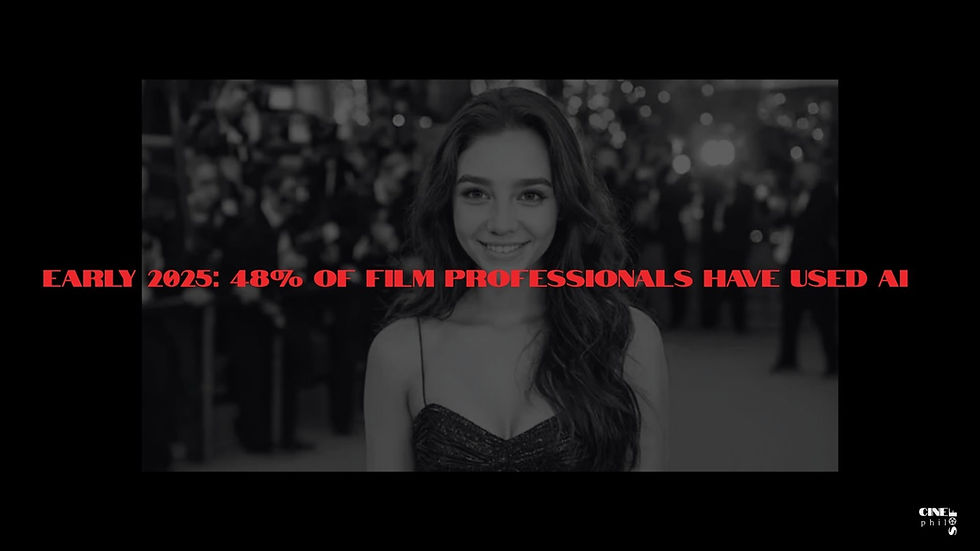Oruã: they gave us mirrors, and we saw a sick world
- Sofia R. Willcox

- Jul 18, 2024
- 2 min read
The name Oruã carries deep roots, originating from the Nheengatu-Tupi language of the Amazonian people, meaning illness or the spiritual realm. This choice reflects a connection to indigenous wisdom and the natural world, bridging the past with contemporary times. The album cover of "Passe" features a cat, symbolizing the historical significance of the jaguar in indigenous lore and its evolution to the domesticated cat's everyday presence since colonization. This juxtaposition speaks to a journey through time and culture, where ancient meets contemporary life.
Musically, Oruã weaves a diversity that spans genres such as lo-fi indie rock, krautrock, noise, afrobeat, and the rich culture of Brazilian sounds. Influences range from the raw energy of Luiz Gonzaga's Pernambuco roots to the hypnotic rhythms of classic Brazilian psychedelic rock. This amalgamation forms the essence of Oruã's identity: a nostalgic yet forward-thinking exploration of music. Brazilian culture itself is a melting pot, shaped by influences from Portuguese explorers, African slaves, indigenous people, and immigrants from all over the world, who have all actively contributed to its richness.
In "Caboclo," Oruã touches upon the concept of caboclo—a person of mixed indigenous and European descent—echoing the cultural complexity of Brazil. The music video delves into urban realities with its depiction of pixação (a form of Brazilian graffiti), police presence, and statues honouring white men. These are juxtaposed with images of blood-stained white cloth, reflecting the experiences of mixed-race and black communities. This inequality is evident in the choice of camera angles, with lower angles representing marginalized groups and upper angles indicating the powers and privileges of others. Some are killed by hate through police bullets that seem directed towards black or any minority bodies. Others are killed by farmers or an ethnocide that has occurred since Portuguese colonization in 1500. Others are voices shut by hate. These are lost stories.
A frequent element I noticed in Oruã’s clips is the presence of cassette tapes, which can depict nostalgia and serve as an artistic choice against mainstream culture. However, I believe this message should break the bubbles that divide us. After all, the ‘others’ are the citizens of paper—mere numbers in statistics, subjects who do not matter in news headlines, ghosts “haunting” Brazilian culture. Oruã reflects how the world is sick and needs an antidote, which is found in their sound. It embraces nostalgia from a past that excluded them while being forward-thinking in exploring and recreating histories.
This piece is also available on Outside Left: https://outsideleft.com/main.php?updateID=3125




Comments